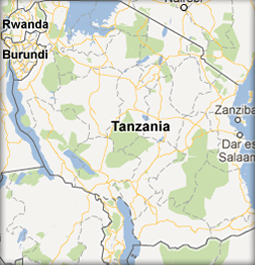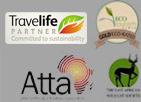
Katavi National Park, located in the south western area of Tanzania, is the third largest park in the country covering an area of 4,471 sq kms (1,727 sq miles). It is considered by the few who have visited to be one of the most untouched pristine areas of the country with the greatest biodensity of wildlife. Katavi is one of the last great African wildernesses with hugely varied terrain and the wildlife less used to tourist vehicles than in the more frequented parks.
The bulk of Katavi is the hypnotically featureless cover of brachystegia woodland home to substantial numbers of eland, sable and roan antelopes. The park’s main features are the watery grass plains to the north, the palm-fringed lake Chada in the southeast and the Katuma River.
It is during the dry season Katavi truly comes into its own between May and October and December to February. Tanzania’s greatest populations of both crocodile and hippopotamus are to be found here. During the dry season up to 200 hippos might flop together in any riverine pool of sufficient depth. The giant crocodile are found sleeping in the caves on the banks of the rivers. Giraffe, topi, zebra and other herbivores gather in great numbers along the watercourses. A kaleidoscope of birds flit across the riverbanks swamps and palm groves while flotillas of pelican cruise the lakes. Elephant graze waist-deep in the marshlands. Lion and leopard find prey among the huge populations of herbivores. . But most spectacular of all are the vast herds of 1,000 plus buffalo seldom seen elsewhere in Africa.
Additionally, the rare, honey-coloured puku antelope is one of the park’s richest wildlife viewing rewards.
The name of the park immortalizes a legendary hunter, Katabi, whose spirit is believed to possess a tamarind tree and today the base of the tree is ringed with offerings from locals begging his blessings.
Katavi sees relatively few visitors, meaning that those guests who arrive here can look forward to having this huge untouched wilderness to themselves.




